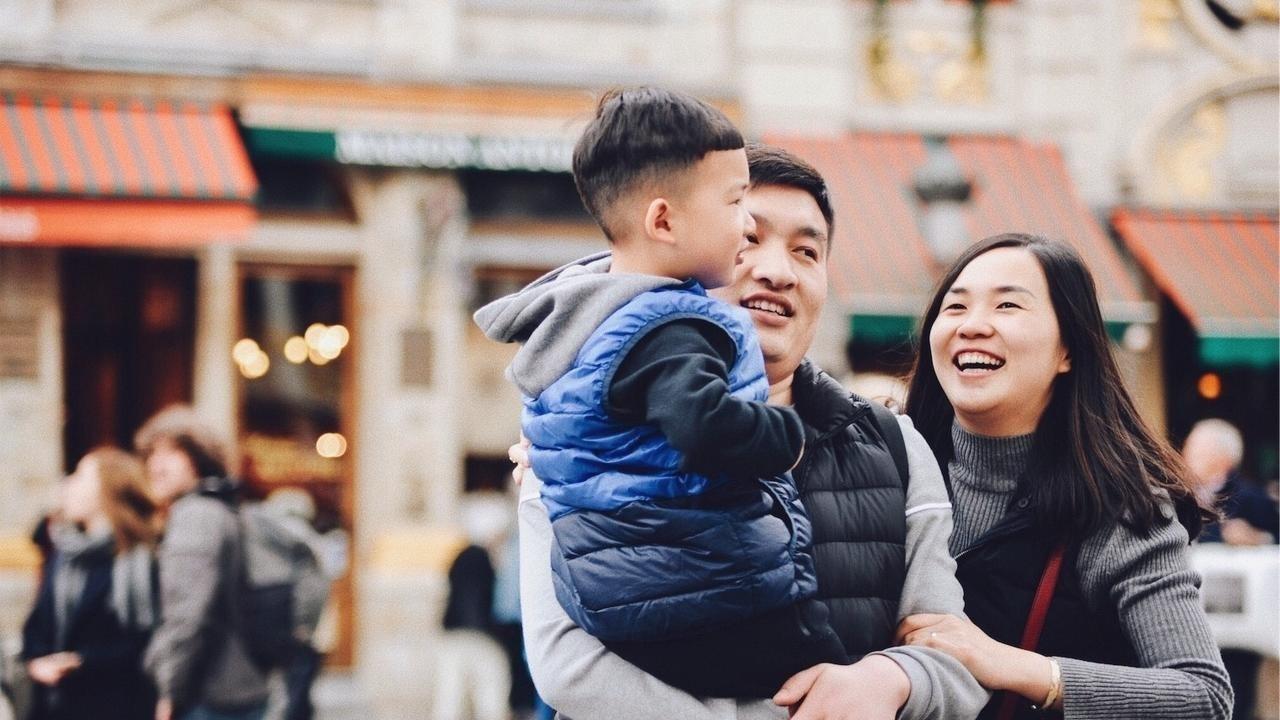Dealing with the Unavoidable Extended Family
Dec 19, 2021
Continue Reading...
PACT Level 2
“Who is your real family, me or them?”
Figuring out how to deal with your and your partner’s extended families can be difficult. It’s one of the major sources of disagreement between partners. Both partners can have deep feelings and a strong individua...
Working with Families – PACT Style
Jul 17, 2019
Continue Reading...
By Stan Tatkin, PsyD, MFT
PACT Co-Founder
http://thepactinstitute.com

Two main issues face the PACT family therapy process: Structure and Attendance.
Structure
A challenge within typical family therapy is the structure that holds some family members to their particular family roles. While vie...



